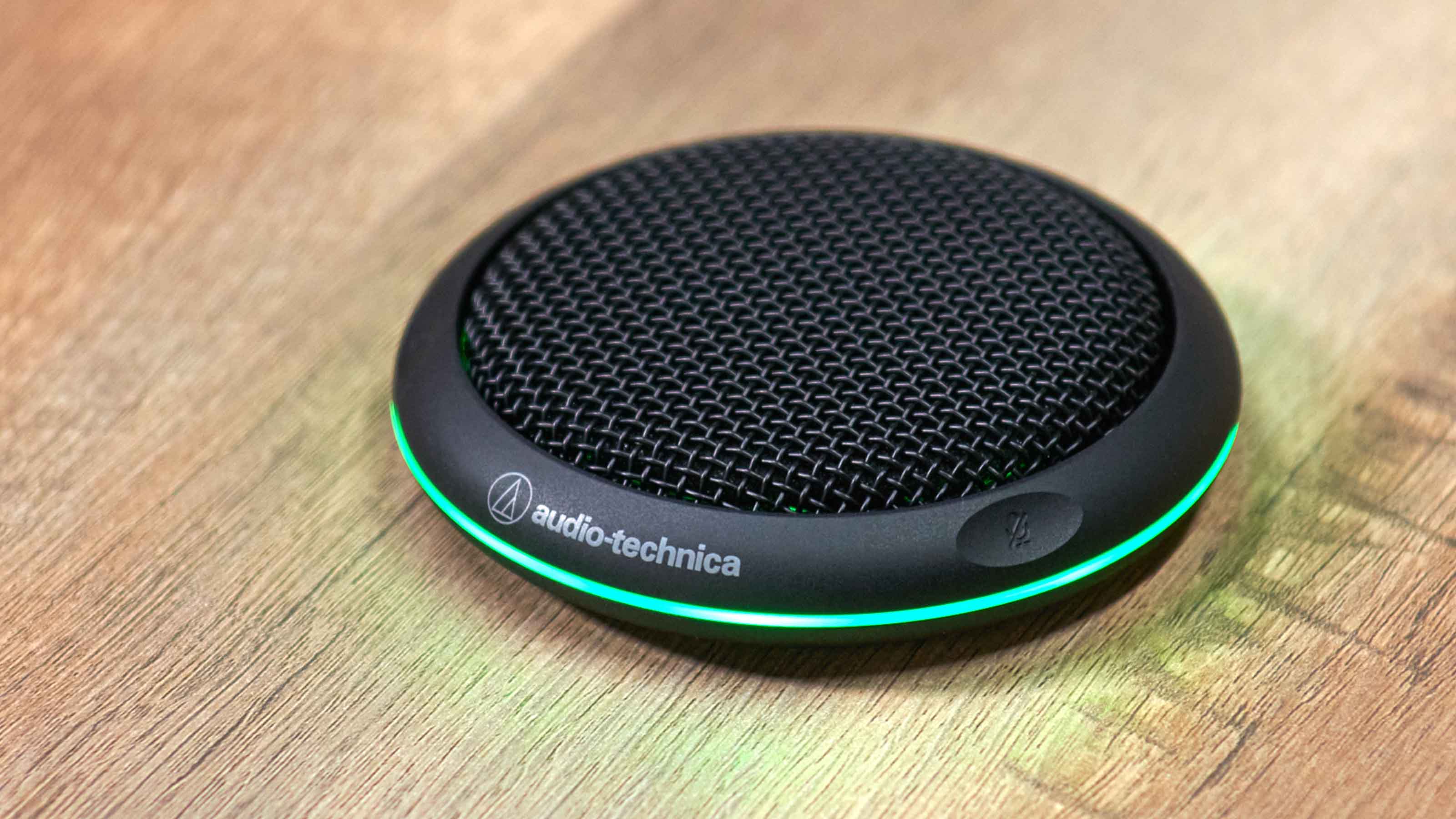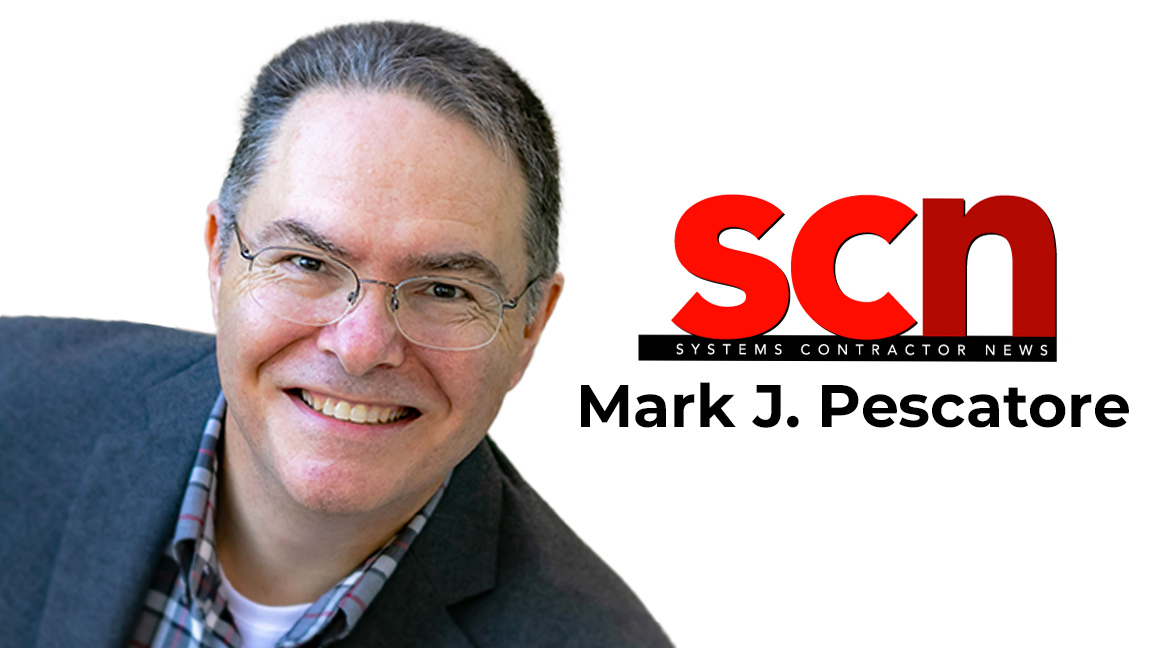An Unsung Microphone Hero
Every integrator should love boundary microphones.

In the world of microphones, it’s easy for boundary mics to be overlooked, both literally and figuratively. They're not flashy. They don’t swing from booms or stand tall on stage. Instead, they sit quietly, flush-mounted or discretely placed, doing their job with incredible efficiency.
But to those who understand their magic, boundary mics are indispensable. Whether you're capturing crystal-clear dialogue in a boardroom, micing an altar in a church, or unobtrusively capturing voices on stage in a school play, a good boundary mic can be the secret to exceptional audio.
Also known as a pressure zone microphone (PZM), a boundary microphone deploys a mic capsule mounted just a few millimeters above a rigid surface and facing toward it (not up or out). In practice, a down-facing condenser capsule is mounted above the rigid bottom plate of a mic housing and the housing is positioned flush onto a larger surface, usually a table, wall, or floor.
The concept is rooted in physics: A boundary mic capsule diaphragm responds to variance in pressure (hence "pressure zone”) created between the capsule and the rigid surface in the “boundary” between air movement and no possible air movement. Direct sound waves and early reflections off the rigid surface arrive sufficiently in-phase that the coherent signals are additive, resulting in a 6 dB boost in sensitivity while avoiding the comb filtering and phase interference that can muddy the sound when capturing direct and reflected sounds that arrive out of phase due to transmission path length. Directional boundary microphones are created by rotating the capsule within the boundary space to point outward horizontally.
Benefits and Limitations
Unlike traditional stand-mounted condenser or shotgun mics, boundary mics take advantage of their proximity to a rigid surface to provide clear, natural, and intelligible signals, particularly in environments where conventional mics might struggle. Their compact form factor and discreet appearance make them ideal for installations where visibility is a concern, or where foot traffic would knock over a traditional mic stand in seconds.
There are four key strengths of boundary mics. First, they offer natural sound with extended reach. The placement near a surface minimizes destructive phase interference and captures sources evenly. They also provide wide coverage. Omnidirectional or hemispherical patterns cover a broad area, ideal for group dialogue.
A low profile is another advantage. They blend into surfaces and stay out of sightlines, which is ideal for video capture and permanent installs. Plus, installation is easy. They can be permanently installed in tables, podiums, or ceilings for long-term setups.
A daily selection of the top stories for AV integrators, resellers and consultants. Sign up below.
These days, there are different boundary mics for different applications. For example, the Audio-Technica ES947c/FM3 is designed to be embedded directly into conference tables. Newer models like the ES964 feature multiple capsules for modern immersive and multi-zone applications. You can even integrate boundary mics into a Dante-based AV network with models like the ATND971a.
Of course, they’re not perfect for every situation. One common issue is mechanical noise. A pen click, finger taps, or coffee cup thuds on the same conference table can transmit directly to the mic capsule. You can mitigate this with good placement and surface isolation, but it’s something to be aware of in environments with fidgety users.

Placement Tips
When it comes to getting the most out of a boundary mic, placement is everything. Surface quality matters. Use hard, flat surfaces (for example, wood, glass, or stone) to reflect sound evenly. Avoid tablecloths or uneven surfaces.
You also want to avoid center placement. Don’t stick a mic dead center on a large table. Instead, space multiple mics equidistant from participants.
Mind the mechanical noise, too. Place felt pads or isolation rings under the mic to reduce transferred vibrations—and keep your mic clear of busy hands.
Finally, use the right pickup pattern. Select cardioid for focused speech pickup or omni for capturing sound evenly throughout the space.
Boundary mics may not be glamorous, but they are one of the most practical and efficient tools in the modern audio toolkit. Their ability to capture natural, intelligible sound across a variety of challenging environments makes them a must-have for any serious audio pro.
Whether you’re trying to maintain sightlines in a theater, clean up a conference call, or mic a choir without a forest of stands, boundary mics give you high performance with minimal footprint. And with advancements like Dante connectivity and programmable control, they’re more versatile than ever.
Sam Intihar is a product manager at Audio-Technica.

